World Snake Day: The Seven Deadliest Snakes
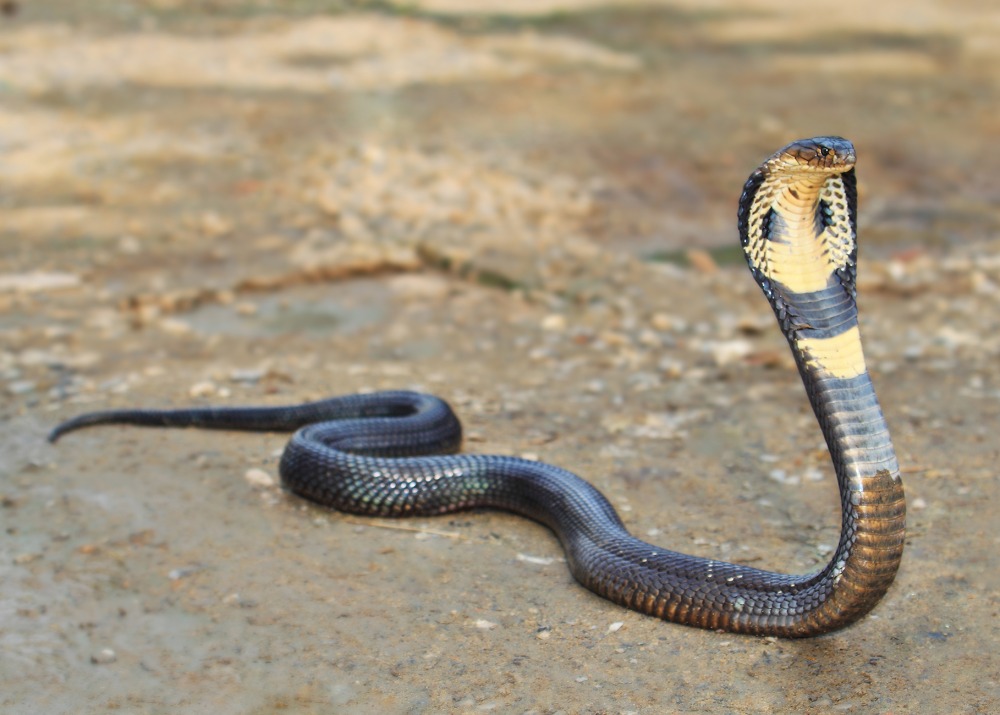
There are more than 3,000 snake species living across the world, on every continent except Antarctica. Snakes play an important role in ecosystem food webs, as they eat rodents and other small mammals, other snakes, reptiles, and birds. Without snakes and other predators, prey populations would multiply exponentially out of control.
As snakes consume prey they also help to prevent disease, protecting human health. Rats, mice, and other rodents often carry diseases or act as a host for ticks or other parasites. By eating these animals, snakes reduce prey populations and thus the number of potential hosts.
Venomous snakes, or snakes that bite and use fangs to inject toxins into prey, represent only about 10% of all snakes. Fewer than 300 snake species are venomous, and only about half of those have a bite dangerous enough to kill a human.
Historically, snakes have held significant value to medicine. Venom extracted from different snake species has been used in medical research, or in medications to treat diseases, including arthritis, cancer, or thrombosis.
This World Snake Day, learn about seven of the deadliest and most venomous snake species in the world.
7. Black Mamba
(Dendroaspis polylepis)

Known as Africa’s deadliest snake, the bite of a Black Mamba has a 100% fatality rate if left untreated. A Black Mamba is typically dark brown or gray and the interior of its mouth is black, the reason for its name.
These reptiles are found in sub-Saharan Africa and reach lengths of nearly eight feet. The Black Mamba is one of the fastest snake species, known to move at speeds of over 12 miles per hour.
6. Boomslang
(Dispholidus typus)
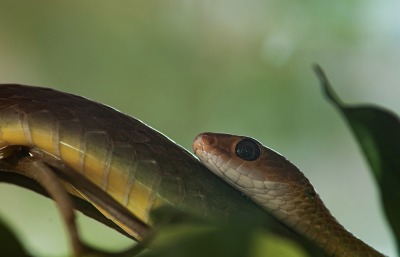
The Boomslang has a unique hunting technique and excellent camouflage abilities. This snake waits in a tree, mimicking a branch by extending the front half of its body and remaining motionless. When a chameleon, bird, or other prey animal moves close enough, it strikes.
The Boomslang’s venom causes hemorrhages and can be fatal to humans even in small doses.
5. Tiger Snake
(Notechis scutatus)
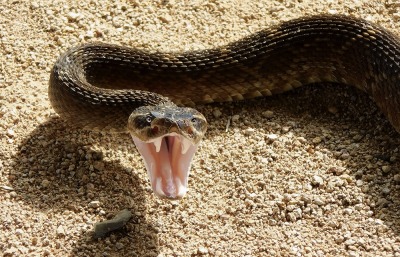
About three feet in length, Tiger Snakes have a series of dark brown or yellow-brown bands across the back of their bodies, with a light underbelly. These reptiles primarily consume a diet of frogs, along with other reptiles, birds, fish, or small mammals.
Tiger Snakes are found across the south-eastern coast of Australia, often near creeks, rivers, or swamps. They play an important role in the environment by helping to control prey populations, including rats and mice.
Tiger Snakes are highly venomous, dangerous to humans, and have 3-5mm-long fangs that deliver venom into their prey.
4. Banded Krait
(Bungarus fasciatus)
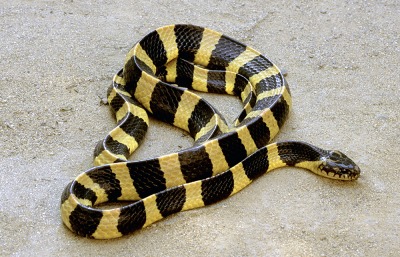
Boldly colored in bands of black and white or black and yellow, the Banded Krait is highly venomous and is related to the cobra. This snake is found across Thailand and most of Asia in forests or open countryside habitat.
The venom of the Banded Krait is one of the most toxic in the world and contains a neurotoxin that causes paralysis in its victims.
3. King Cobra
(Ophiophagus hannah)
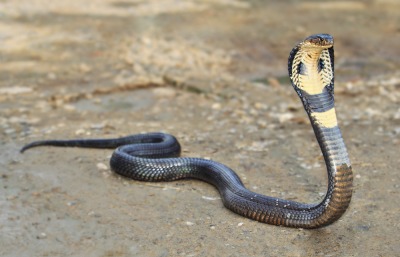
King Cobras are one of the longest venomous snakes in the entire world, known to reach lengths of over 18 feet. Green, yellow, or black in color, these reptiles are highly distinguishable from other snake species because of large scales on their heads.
King Cobras are not normally aggressive towards humans, but can strike when threatened or startled. This snake has a paralyzing venom, powerful enough to kill an elephant within three hours.
The King Cobra is listed as Vulnerable by the IUCN, primarily threatened by habitat destruction and the illegal wildlife trade.
2. Inland Taipan
(Oxyuranus microlepidotus)
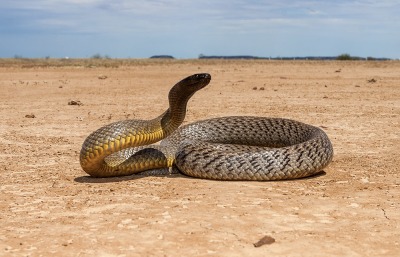
The venom of the Inland Taipan is a mixture of neurotoxins, procoagulants, and myotoxins. In combination, these substances work to paralyze muscles of the snake’s victim, cause hemorrhaging in the blood, vessels, and tissues, inhibit breathing, and damage muscles.
The Inland Taipan’s venom is known to be the most potent venom of any snake in the world. A single bite from this reptile is deadly enough to kill one hundred humans.
Taipans are found from Australia to the southern edge of New Guinea. They can range in color from pale to dark brown and can reach lengths of nearly eight feet. They are known to feed primarily on rodents, helping to control local populations and decrease infestations.
1. Saw-Scaled Viper
(Echis carinatus)

The Saw-Scaled Viper is found in savannas across Africa, Arabia, and southwestern Asia. These snakes are small in size, measuring one to three feet in length as fully grown adults. They are typically varying shades of gray, brown, or orange, with dark dorsal blotches and lateral spots.
Saw-Scaled Vipers are known to be irritable and aggressive. When alarmed they rub their oblique scales together to produce a hissing sound and are quick to bite at the first signs of danger.
These reptiles are venomous and there is a high mortality rate among those that are bitten. In areas of the world where Saw-Scaled Vipers are found, it is believed that bites from this species are responsible for more human deaths than all other snake species combined.
Venom from the Saw-Scaled Viper has been used in the creation of human medicines like Tirofiban, an antiplatelet medication that prevents blood clots from forming.
Donate now to the Conservation Action Fund to protect habitat for snakes around the world.
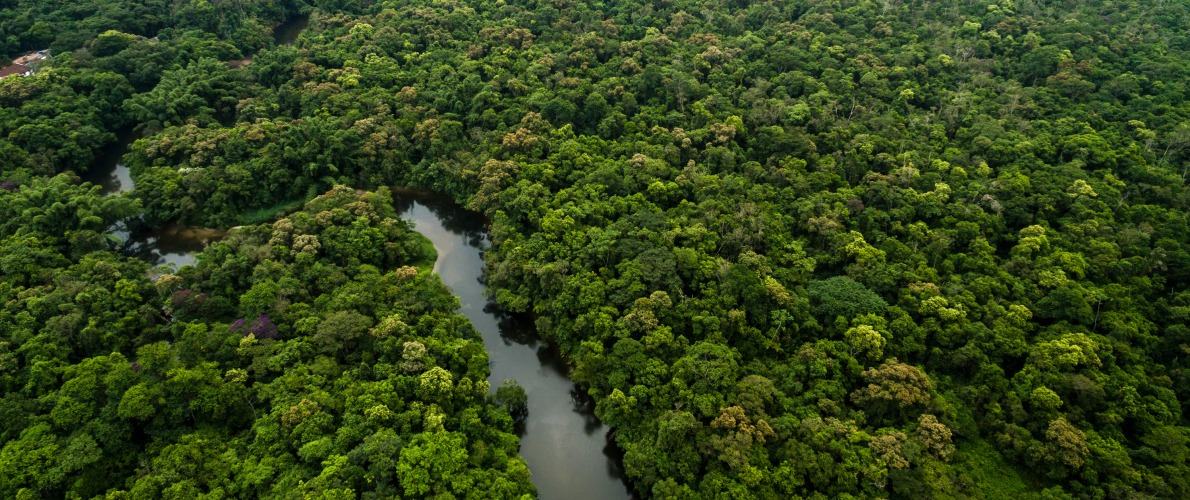
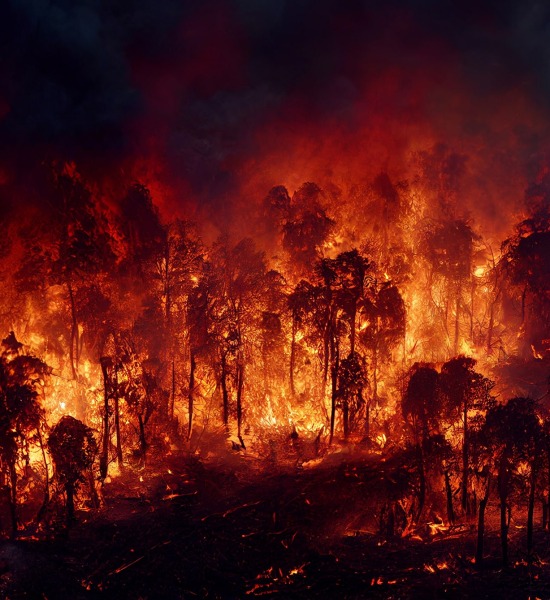
The Brazilian Amazon Fund
The Rainforest Trust Brazilian Amazon Fund was created in 2023 to permanently safeguard 20 million acres in Brazil by the end of 2026. Rainforest Trust’s work around the world, but especially in Brazil, will be critical to continuing to decrease deforestation rates and protecting ecologically important habitat in the most important forests across the world.









